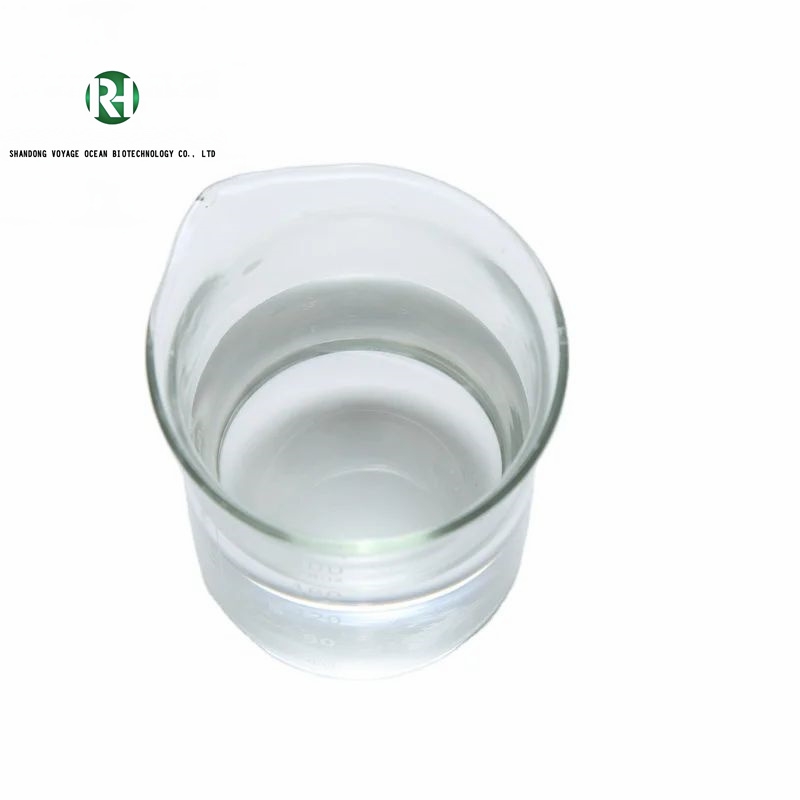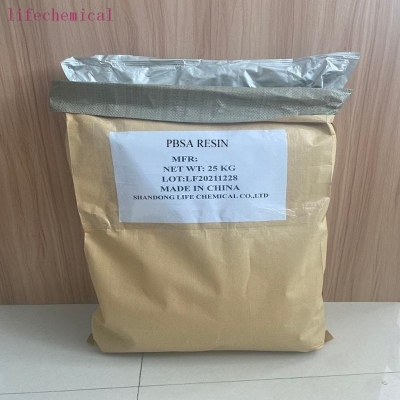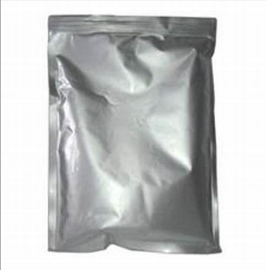-
Categories
-
Pharmaceutical Intermediates
-
Active Pharmaceutical Ingredients
-
Food Additives
- Industrial Coatings
- Agrochemicals
- Dyes and Pigments
- Surfactant
- Flavors and Fragrances
- Chemical Reagents
- Catalyst and Auxiliary
- Natural Products
- Inorganic Chemistry
-
Organic Chemistry
-
Biochemical Engineering
- Analytical Chemistry
-
Cosmetic Ingredient
- Water Treatment Chemical
-
Pharmaceutical Intermediates
Promotion
ECHEMI Mall
Wholesale
Weekly Price
Exhibition
News
-
Trade Service
Recently, the team of Researcher Liu Jian from the Research Group of Micro/Nano Reactor and Reaction Engineering Innovation Special Zone of Dalian Institute of Chemical Technology, Chinese Academy of Sciences has made new progress in the construction of micro/nano reactors: by designing a sub-micron reactor, the hydrogenation of phenylacetylene has been realized.
Highly selective production of styrene
.
? Designing suitable reactors and optimizing operating conditions are crucial steps in chemical engineering
.
In nature, chemical transformation is often completed in a confined space in the form of tandem reactions.
This confined space can be a few nanometers of enzymes or micron-sized cells
.
In the field of materials science, micro/nano reactors designed by simulating cells can not only improve the efficiency and selectivity of the reaction, but these "artificial cells" can also show excellent stability under high temperature sintering
.
However, when designing a micro/nano reactor, how to precisely control the composition and how to select the active sites are still challenging
.
? Academician Li Can and researcher Yang Qihua of the institute have made a series of advances in nanoreactor research.
On this basis, Liu Jian’s research team cooperated with scientific research institutions such as the Institute of Metals of the Chinese Academy of Sciences to successfully construct an "egg yolk-egg shell" The structure of the sub-micron reactor, they synthesized the sub-micron reactor loaded with metal nanoparticles into a zinc oxide-microporous carbon core-shell structure
.
As a catalyst, the submicron reactor has high selectivity in the hydrogenation of phenylacetylene to styrene
.
This sub-micron reactor creates a gap between the zinc oxide core and the carbon shell, thereby providing a unique reaction environment for the enrichment of reactants in the heterogeneous catalytic reaction
.
At the same time, the void space between the core and the shell provides enough storage space for multi-purpose micro/nano reactors or nano containers for storing goods
.
This research helps to rationally design multifunctional catalysts with enhanced chemical properties
.
Highly selective production of styrene
.
? Designing suitable reactors and optimizing operating conditions are crucial steps in chemical engineering
.
In nature, chemical transformation is often completed in a confined space in the form of tandem reactions.
This confined space can be a few nanometers of enzymes or micron-sized cells
.
In the field of materials science, micro/nano reactors designed by simulating cells can not only improve the efficiency and selectivity of the reaction, but these "artificial cells" can also show excellent stability under high temperature sintering
.
However, when designing a micro/nano reactor, how to precisely control the composition and how to select the active sites are still challenging
.
? Academician Li Can and researcher Yang Qihua of the institute have made a series of advances in nanoreactor research.
On this basis, Liu Jian’s research team cooperated with scientific research institutions such as the Institute of Metals of the Chinese Academy of Sciences to successfully construct an "egg yolk-egg shell" The structure of the sub-micron reactor, they synthesized the sub-micron reactor loaded with metal nanoparticles into a zinc oxide-microporous carbon core-shell structure
.
As a catalyst, the submicron reactor has high selectivity in the hydrogenation of phenylacetylene to styrene
.
This sub-micron reactor creates a gap between the zinc oxide core and the carbon shell, thereby providing a unique reaction environment for the enrichment of reactants in the heterogeneous catalytic reaction
.
At the same time, the void space between the core and the shell provides enough storage space for multi-purpose micro/nano reactors or nano containers for storing goods
.
This research helps to rationally design multifunctional catalysts with enhanced chemical properties
.







